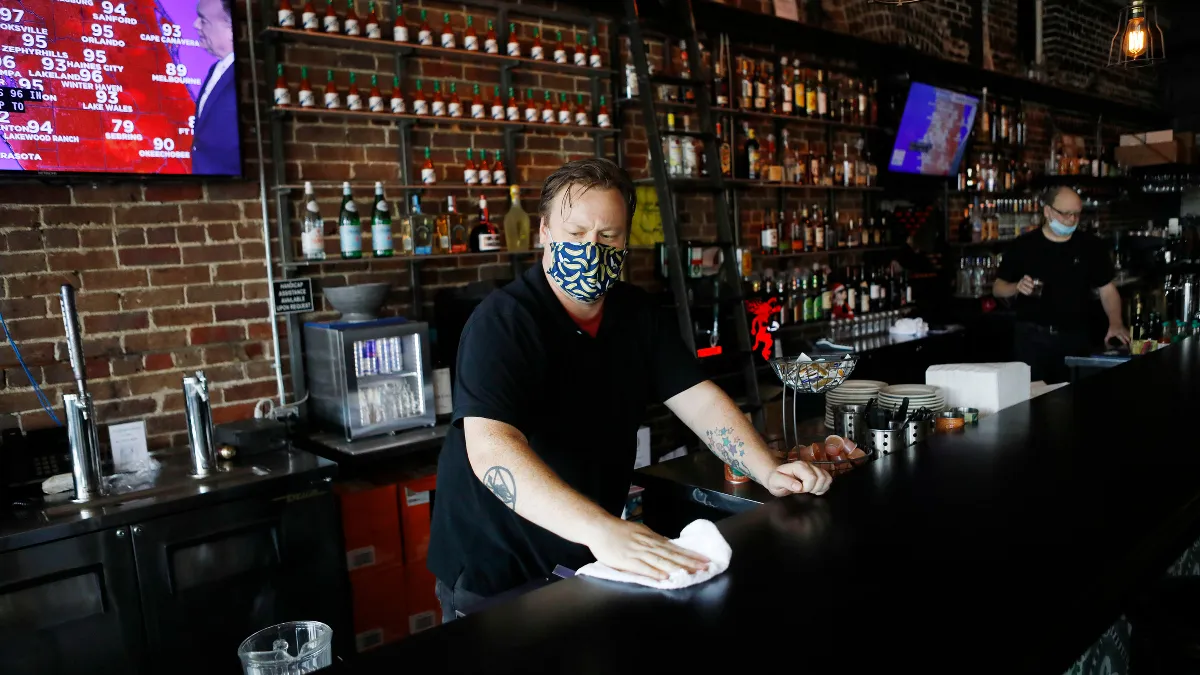Inclusion — and solid bias training — could be key to keeping the Great Resignation at bay, one speaker said at the Society for Human Resource Management’s 2021 annual conference. But that training often comes tagged with baggage and even controversy.
Eric Ellis, president and CEO of Integrity Development Corp., noted in his conference session that employers have grappled with extreme change in a short period of time, dealing with the fallout of 2020’s racial reckoning while moving to a flexible work environment some five or 10 years before originally planned. Companies that thrived during this time created people-centered workplaces where inclusion is paramount, Ellis said.
But that can’t be done unless employers are willing to identify and "defang" biases, including unconscious bias. Often, people "don’t feel safe enough to admit and own the biases [they] have," Ellis said, which can create tension during training that is supposed to encourage listening and inclusion.
This potential for pushback is why Ellis encourages employers to dig into how inequity manifests itself on an organizational level and why that matters — and how that applies to individuals. "Nobody is interested in coming to a party they think is being thrown for someone else," Ellis said.
During his session, Ellis described three ways employers can minimize backlash to bias conversations.
Start with the dominant culture
For one manufacturing company Ellis visited, they didn’t begin their consult by talking about racism. They instead toured the company and witnessed the kind of work that happened on the floor. The line work involved a lot of repetitive motion, so Ellis wondered: Who is looking out for their safety? They also learned that only people with college degrees could be promoted into supervisory positions. So they began their training program with topics like classism and safety — topics that directly applied to workers’ daily experience.
When a company is working on inclusive initiatives, "we have to deal with the diversity issues that affect the dominant culture," Ellis said. This means HR leaders have to address, for example, the issues that affect the White men working in a White, male-dominated manufacturing floor and tie the training back to those experiences to cultivate empathy.
But listen to the disenfranchised
Naturally, the dominant culture can’t be all that is discussed.
During the events of 2020, companies bombarded consumers with statements about Black Lives Matter — but underrepresented employees don’t want slogans or statements, Ellis said; "Show me your leadership team. Show me the board. I want to see if I’m represented anywhere within your leadership."
This requires companies to form a legitimate strategy, Ellis said, and then find a way to discuss those issues with affected groups at their organizations.
Remember the importance of relationships
At the end of the day, however, much of the bias work comes down to supervisor and supervisee relationships — ensuring the best understanding between them to receive the best contribution from all parties, Ellis said.
Driving up empathy is key, he added. Listening sessions are a popular way to go about this, but Ellis warned employers: "If you don’t have intention toward a long-term solution, do not invite your people to share openly and honestly" about how they’ve been isolated or harmed. "You set them up to be harmed in their career," he said.
But often, hearing from co-workers about their challenges helps everyone understand each other better and leads to greater bias training success.



















